МИСЛИВЕЦЬ - ніж ручної роботи Павла Гончаренка, ексклюзивні ножі замовити купити в Україні (Сталь Crucible CPM® Rex® 121®)
- Виробник: Майстерня ножів ручної роботи Павла Гончаренка
- Модель: МИСЛИВЕЦЬ - ніж ручної роботи майстра Павла Гончаренка
| Загальна довжина клинка mm: | 270±05 мм |
| Матеріал леза | Клинок зі сталі REX121 в ламінаті з нержавіючої сталі 95х18 |
| Твердість клинка (метал): | Загартованість - 68 HRC |
| Матеріал руків'я: | Нікель, g10, нейзильбер, ріг азіатського буйвола, зуб мамонта, стабілізована сувель ясеня, мозаїчна темлячна трубка. Темляк зі шкіряного шнура 3мм, бусина з сувелю ясеня, резьба по дереву, клик вовка |
| Довжина леза | 140±05 мм |
- Наявність: Під замовлення
Опис
ТЕХНІЧНІ ХАРАКТЕРИСТИКИ:
Назва ножа - МИСЛИВЕЦЬ - ножі ручної роботи Павла Гончаренка, замовити купити в Україні
Тип ножа: Фіксований клинок
Бренд: Студія "Ножі ручної роботи Павла Гончаренка"
Марка сталі: Клинок зі сталі REX121 в ламінаті з нержавіючої сталі 95х18
Сталевий лист: Ціліснолитий, на всю довжину ножа
Заточення леза: Шабельне двостороннє, ніж готовий до роботи.
Твердість леза: 68 HRC
Загальна довжина: 270 мм
Довжина леза: 140 мм
Ширина леза: 32 мм
Товщина леза: 4 мм
Шліфування леза: Фініш - ламінат з нержавіючого дамаску
Матеріал больстера (гарда): Нікель
Довжина руків'я: 130 мм
Товщина руків'я: 30 мм
Матеріал руків'я: Нікель, g10, нейзельбер, ріг азіатського буйвола, зуб мамонта, стабілізована сувель ясеня, мозаїчна темлячна трубка. Темляк зі шкіряного шнура 3мм, бусина з сувелю ясеня, резьба по дереву, клик вовка
Колір руків'я: Сірий
Просочення руків'я: Є
Покриття руків'я: Є
Отвір для шнурка (під темляк): Є
Темляк - Темляк зі шкіряного шнура 3 мм, бусина з сувелю ясеня, різьба по дереву, клик вовка
Піхви: Сувіль берези, теляча шкіра чепрак, прошиті вручну вощеною ниткою. Підвіс з'ємний, вставка з рогу буйвола, бусини - зуби вовка
Модель: МИСЛИВЕЦЬ - студія ножів ручної роботи Павла Гончаренка, замовити купити в Україні
Номер моделі: 042
Країна народження: Україна
Ремісник: Майстер Павло Гончаренко, м. Іванків, Україна Студія ножів ручної роботи Павла Гончаренка
Найкраще використання: Багатофункціональний: полювання, рибальство, поділ тушки, нарізка тощо
Стан ножа: новий
Ціна вказана з піхвами.
Ніж заточений, не є холодною зброєю.
З цієї сталі у виробництві роблять різальні інструменти, пилки, знімні леза. Використовують у виробництві медичних інструментів.
Високі антикорозійні властивості! Ножі добре показали себе у вологих умовах.
Оригінальний дизайн.
Рукоятка піддана до спеціальної водовідштовхувальної обробки.
Наявність регулярно змінюється, при підтвердженні Вашого замовлення ми повідомимо про наявність або термін готовності товару. Виріб може трохи відрізнятися від представленого на фото.
Порошкова сталь Crucible CPM® Rex® 121®
CPM® REX® 121 (Crucible Industries LLC) - це інструментальна сталь з високим вмістом ванадію та кобальту, розроблена для досягнення високої зносостійкості, твердості та червоностійкості, характерних для швидкорізальної сталі. Її чудова червоностійкість (червоностійкість - характеристика жароміцності сталі, що означає здатність сталі зберігати при нагріванні до температур червоного гартування високу твердість і зносостійкість, отримані в результаті термічної обробки) забезпечує більш високу швидкість різання порівняно з іншими швидкорізами. Чудова зносостійкість (завдяки високому вмісту ванадію) допомагає зберігати гостроту кромки при підвищених швидкостях різання.
Порошкова швидкорізальна сталь була розроблена наприкінці 60-х років минулого століття у Швеції. Метод порошкової металургії дозволяє вводити в сталь більшу кількість легуючих елементів, при цьому не відбувається зниження міцності та оброблюваності.

Порошкова сталь, на відміну від звичайної, у розплавленому вигляді подається через спеціальну насадку через потік рідкого азоту. Сталь швидко твердне у вигляді невеликих частинок. В результаті виходить порошок з рівномірним розташуванням карбідів (місце скупчення карбідів - це зародження тріщин). Карбіди виконують у складі сталі ту ж функцію, що і камені на вулиці: вони (карбіди) твердіші, ніж сталь, що їх оточує, і сприяють підвищенню її зносостійкості.
Отриманий порошок просівається і міститься в сталевий контейнер, в якому створюється вакуум. Далі вміст контейнера спікається при високій температурі та тиску - таким чином досягається однорідність матеріалу. Цей процес називається гарячим ізостатичним пресуванням. Після цього сталь обробляється тиском. В результаті виходить швидкорізальна сталь з дуже маленькими частинками карбідів, рівномірно розподілених у сталевій основі. Отримана сталь може прокочуватися традиційним способом, як і серійні марки сталі, у результаті досягається її підвищена міцність.
Відмінності в показниках зносостійкості різних марок порошкової сталі пояснюються наявністю в їхньому складі різних карбідів у різних пропорціях та з різною рівномірністю розподілу по всьому об'єму сталі. З двох сталей, що мають приблизно однакову твердість, більш зносостійкою буде та, у складі якої карбідів більше або вони більш тверді.
CPM REX 121 заповнює розрив між високолегованими інструментальними сталями та твердосплавними матеріалами (карбід вольфраму, який за твердістю поступається лише алмазу). Може використовуватися в ріжучих інструментах, де високі швидкості різання вимагають більш високої термостійкості, але твердосплавний інструмент занадто крихкий, або в інструментах з високою зносостійкістю (штампи), де твердосплавні інструменти також дуже крихкі.
CPM Rex 121 розроблено у 1998 році. Що стосується твердості, це справді чемпіон, здатний досягти твердості 70-72 HRC. Офіційна шкала Rockwell C має максимальне значення 70 HRC.
Також надзвичайно висока зносостійкість. Важко шліфувати і, отже, важко точити. Заточення цього сплаву може перетворитися на страшний кошмар навіть за 68HRC, і вона буде експоненційно важчою за вищої твердості. З такою великою кількістю легуючих елементів стали багато карбідів, і деякі з них не дуже малі. Сталь працює краще з грубим заточуванням (на фото нижче представлено порівняння мікроструктур популярних марок сталей та мікроструктури CPM Rex 121).

У світі багато твердих сталей, але за словами відомого майстра з виготовлення ножів Gary Creely, REX 121 виводить їх на новий рівень. "Сталь має низьку твердість за Роквеллом 40 навіть після відпалу, а після термообробки вона близька до 70 HRC". Сталь описується як відповідь від Crucible конкуруючої сталі Carpenter CTS – Maxamet Micro-Melt Alloy. Хоча вони дуже схожі за хімічним складом, REX 121 містить на 1% більше вуглецю і на 3% більше ванадію. Практичний результат цього значення твердості – безпрецедентне утримання гостроти. Ножі REX 121 значно перевершать навіть інші високоякісні сталі, такі як M4 і S35VN.
Сталь не має високої стійкості до ударів і може зламатися при зловживанні, але Creely вважає, що відмінне утримання гостроти кромки корисніше, ніж висока міцність в маленьких ножах, які ми носимо кожен день. Така сталь найкраще підходить для ножів меншого розміру. Якщо REX 121 знайде шлях до більшого клинка, шанси на його неправильне використання різко зростуть.
Недоліком REX 121 є те, що вона настільки жорстка, що може пошкодити звичайні абразивні матеріали. "Коротше кажучи, вам потрібно використовувати алмазні абразиви для заточування цього виду сталі", - зазначає Крілі. «Якщо ви оберете свій улюблений японський водний камінь, є велика ймовірність того, що сталь різатиме ваш водний камінь сильніше, ніж камінь заточуватиме сталь».
Склад сталі:

З 3.4% - вміст вуглецю в сплаві становить 3.4%. Вуглець — найважливіший елемент сталі, він підвищує її міцність, надає металу хорошу твердість.
Сr 4.0% - вміст хрому у сплаві становить 4.0%. Хром – сірувато-білий блискучий твердий метал. Хром впливає на здатність сталі до загартовування, надає сплаву антикорозійних властивостей і підвищує його зносостійкість. Міститься в нержавіючій сталі будь-якої марки.
Mo 5.0% – вміст молібдену у сплаві становить 5.0%. Молібден – сріблясто-білий метал. Молібден - твердоплавкий елемент, він запобігає ламкості і крихкості клинка, надаючи йому необхідної жорсткості, робить його досить стійким до високих температур.
V 9.5% - вміст ванадію в металі становить 9.5%. Ванадій - сірувато-білий блискучий метал, що має велику твердість. Він відповідає за пружність і посилює властивості хрому, надає металу інертності до агресивних хімічних середовищ.
W 10.0% C вміст вольфраму у сплаві становить 10.0%. Вольфрам – метал світло-сірого кольору. Найбільш тугоплавкий метал має температуру плавлення tпл = 3380 °С. Застосовується для створення сплавів із високою міцністю. Вольфрам використовується як один з основних компонентів або легуючого елемента при виробництві швидкорізальних сталей.
Co 9.0% - вміст кобальту в металі становить 9.0%. Кобальт - сріблясто-білий, злегка жовтуватий метал з рожевим або синюватим відливом. Підвищує жароміцність, покращує механічні властивості. Зі сплавів із застосуванням кобальту створюють обробний інструмент: свердла, різці, і. т.п.
S 0,03 - 0.12% - вміст сірки в металі - 0,03 - 0.12%. Сірка, як і фосфор, відноситься до шкідливих технологічних домішок у сталях та сплавах. Підвищення вмісту сірки суттєво знижує механічні та фізико-хімічні властивості сталей, зокрема, пластичність, ударну в'язкість, опір стирання та корозійну стійкість. Межі вмісту сірки як технологічної домішки становлять 0,035...0,06%. Через надзвичайно дрібну і однорідну мікроструктуру СРМ (фірмовий техпроцес порошкової металургії Crucible Particle Metallurgy) при бажанні може бути додана сірка для поліпшення оброблюваності. Вищий вміст сірки приносить користь виробнику інструменту, полегшуючи його виробництво, а користувачу інструменту - полегшуючи повторне заточування. Процес CPM гарантує, що додаткова сірка не вплине на міцність інструменту.
Інтернет-магазин Knife.net.ua пропонує ножі ручної роботи, ексклюзивні ножі на замовлення для вибагливих чоловіків та мисливців, вироблені руками найкращих майстрів України для використання на полюванні, в нестандартних ситуаціях за вигідною ціною на замовлення або на вибір в нашому магазині. Якісний інструмент для індивідуального використання в польових умовах або на полюванні. Доставка здійснюється по всій Україні протягом кількох днів. Knife.net.ua – найкращий вибір ножів в Україні від майстрів ручної роботи..
Ну, а купити ніж з порошкової сталі Crucible CPM® Rex® 121® ви можете на нашому сайті knife.net.ua або зв'язавшись з нами за телефоном +380961711010
Варто пам'ятати, що при використанні ножа за призначенням та дбайливим поводженням, ніж прослужить Вам дуже і дуже довго.
G10 — в ножах ручної роботи Павла Гончаренка: якість, стиль, сучасність
Що це за матеріал?
G10 — легкий і твердий матеріал, який характеризується поверхнею текстурованою і особливою практичністю. Його використовують для створення рукояток на різних видах ножів – складні та цілісні, з додатковими елементами.
В основі — армований під тиском склотканиною компаунд. Волокнистість структури надає матеріалу жорсткості. Для підвищення важливих експлуатаційних характеристик при виготовленні рукояток до складу додатково додаються спеціальні хімічні сполуки, що зміцнюють. Матеріал не горючий, має більш високі характеристики міцності — на вигин, розрив і удар.
G10 формується за шарами. Це дозволяє фарбувати накладку в один або кілька кольорів, створюючи цікаві візуальні ефекти багатошаровості виробу. Зовні він нагадує мікарту — ще один популярний матеріал, з якого виготовляють накладки ножів ручної роботи «РоС»
Особливості виробництва накладок з G10
Більшість виробників піддають готові накладки з G10 піскоструминної обробки, що оголює структуру скловолокна. У результаті рукоятка набуває шорсткої поверхні, завдяки чому виключається ковзання в руці і забезпечується комфортне і безпечне використання ножів. Після фінішної обробки поверхня накладки може потьмяніти. Для відновлення яскравого, ефектного зовнішнього вигляду на останній стадії виготовлення вона покривається олією або полірується.
Майстер використовує накладки для рукояток із G10 з різними ножовими сталями – ATS 34, CPM154CM, D2, 440C, CPM S30V, 40Х13.
Переваги матеріалу
Цей сучасний матеріал має такі переваги:
- легко витримує навантаження на гнучкість та розтягування;
- має стійкість до ударних навантажень;
- не вбирає вологу;
- відрізняється високою густиною;
- стійкий до радіації та впливу хімікатів;
- має низьку електропровідність;
- не розсихається та не деформується;
- стійка перед високими температурами.
Ще одна перевага даного матеріалу — відмінне співвідношення механічної міцності та малої ваги. Це дозволяє отримувати міцні накладки з хорошими експлуатаційними характеристиками, які не обтяжують ножі.
Якісні та оригінальні накладки з G10 стали чудовою прикрасою ексклюзивних та неповторних ножів майстерні Студія "Ножі ручної роботи Павла Гончаренка" (Україна), який пропонує замовити та купити інтернет-магазин https://knife.net.ua
Стабілізований Сувель ясеня,
Стабілізація деревини - спосіб обробки, в результаті якого дереву надають більш високу міцність та покращують його декоративні якості, зберігши при цьому природний малюнок. Тобто. стабілізована деревина поєднує у собі переваги синтетичних матеріалів із природною природною красою. У ході стабілізації дерев'яна заготівля просочується наскрізь, утворюючи полімерний моноліт, що надійно зв'язує деревні компоненти та мінімізуючи шкідливі фактори, що впливають на організм людини (з переліком шкідливих факторів, з якими доводиться стикатися при виготовленні та експлуатації виробів з деревини можна ознайомитися ТУТ). Стабілізована деревина має відмінні механічні властивості при обробці – не має перепадів у щільності по тілу заготовки (що дозволяє більш точно виробляти свердління та розпил), шліфується не забиваючи шкірку, полірується у дзеркало. При цьому зовнішній вигляд і тактильні відчуття залишаються притаманними звичайній деревині.
По повз вигадливого візерунка на поверхні виробу, стабілізована деревина дає ряд незаперечних плюсів перед традиційними матеріалами:
• Високу густину;
• твердість;
• Стійкість до зміни температури та вологості навколишнього середовища;
• Несприйнятливість до ультрафіолетового випромінювання;
• Здатність витримувати короткочасне нагрівання відкритим полум'ям, не втрачаючи своїх якісних характеристик та не деформуючись;
• Непроникність для різних рідин, у тому числі масел;
• Стійкість до розчинників органічного походження;
• Чудові декоративні властивості – стабілізована деревина добре піддається обробці ручним та механічним способом (не забиває наждачну стрічку).
Бруски із стабілізованої деревини часто використовуються для виготовлення рукояток ножів та іншого ріжучого інструменту. Стабілізація, як правило, збільшує вагу заготівлі до півтора раза (залежить від деревини), тому добре оброблений брусок має тонути у воді.
Як сировину для стабілізації найчастіше застосовують кап, сувель і шпальт різних листяних порід дерев.
Кап - це округлий наріст на дереві (стволі або гілках), наповнений маленькими дерев'яними вузликами сплячих (розрослих, але не розвинених) нирок. З таких наростів часто росте безліч гілочок. Оскільки кожна така нирка має сформовану кільцеву зародкову структуру, то зріз такої деревини має характерну «малахітову» текстуру, яка дуже красиво виглядає на рукоятках, особливо, якщо її «виявити» за допомогою просочень і барвників. Різьблення по капу використовується рідко, оскільки візерунок різьблення накладається на візерунок текстури деревини.
Сувель – це деревина коїться з іншими, відмінними від капа, структурними змінами волокон. У малюнку відсутні нирки та кільцеві структури. По суті, деревина сувелі має викривлену хвилясто-лінійну текстуру (від давньоруського "свиль" - кручена), яка утворена викривленням самого дерева, перекручуванням річних кілець дерева. Тому малюнок у сувеля менш інтенсивний і насичений, ніж у капа, представлений, зазвичай, просто вигнутими лініями деревних волокон, у своїй така текстура не затінює елементи різьблення на рукоятці.
Як кап, так і сувель – це дуже тверда деревина, особливо кап і добре підходять для виготовлення рукояток не лише через свою красу.
Шпальт - це ще одна деревна патологія, яку часто використовують для виготовлення ручок ножів. Шпальт - це результат життєдіяльності гнучких колоній або бактерій на дереві, що утворює нехарактерні для породи кольорові плями або прожилки. Часто грибок різних видів спеціально підсаджують, наприклад, на бук чи клен для отримання ураженої деревини. Шпальт зменшує міцність дерева та погіршує його властивості, тому деревину, уражену грибком, використовують лише у стабілізованому вигляді.
Рекомендовані товари

Доставка і оплата
Доставка і оплата
Доставка Новою Поштою
Швидкість доставки в будь-яке відділення Нової пошти в Україні фіксується оператором, але зазвичай не перевищує 1-3 календарних днів.
Готівкою
Оплата готівкою при отриманні товару.
Післяплатою на Новій Пошті (при собі необхідно мати паспорт або водійське посвідчення).
Visa и MasterCard
Оплата замовлення на карту Приват Банку.
Доставка товару можлива тільки після підтвердження платежу.
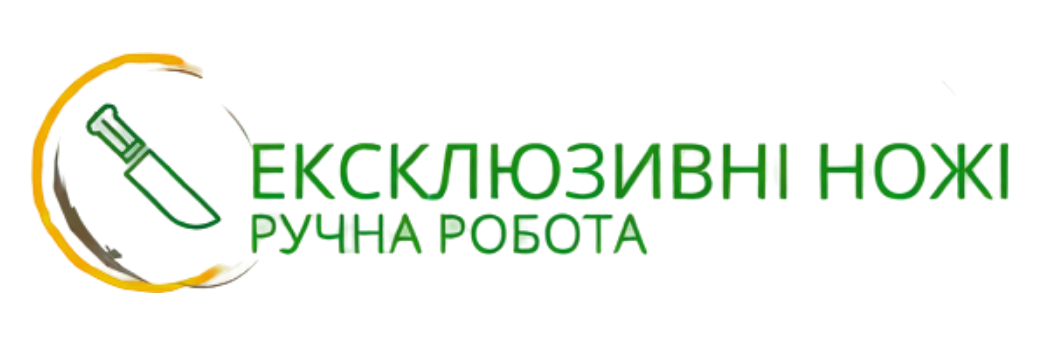
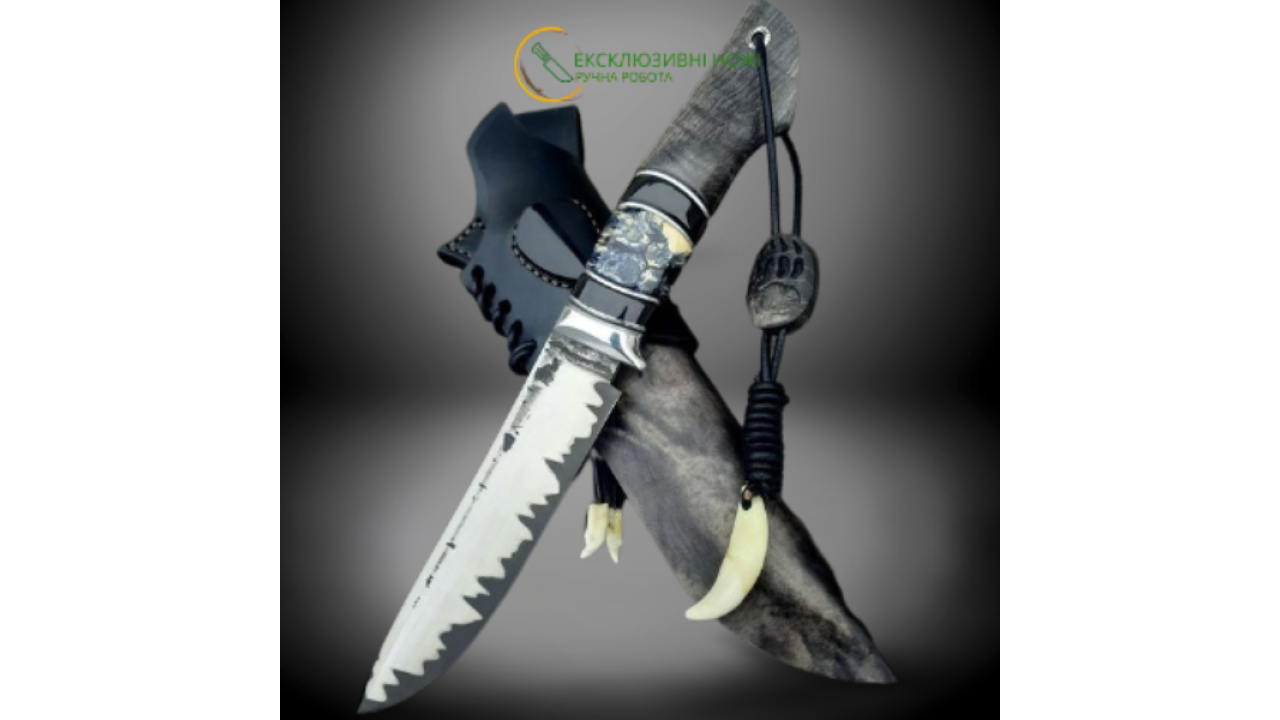
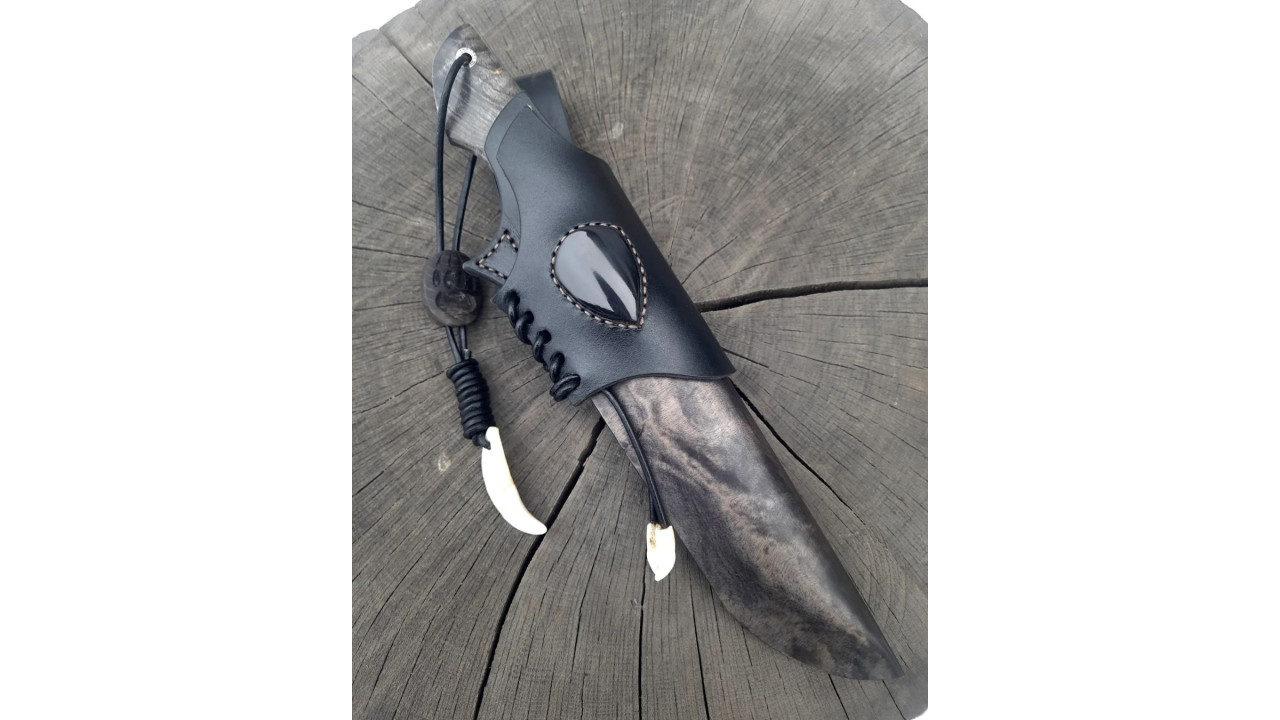
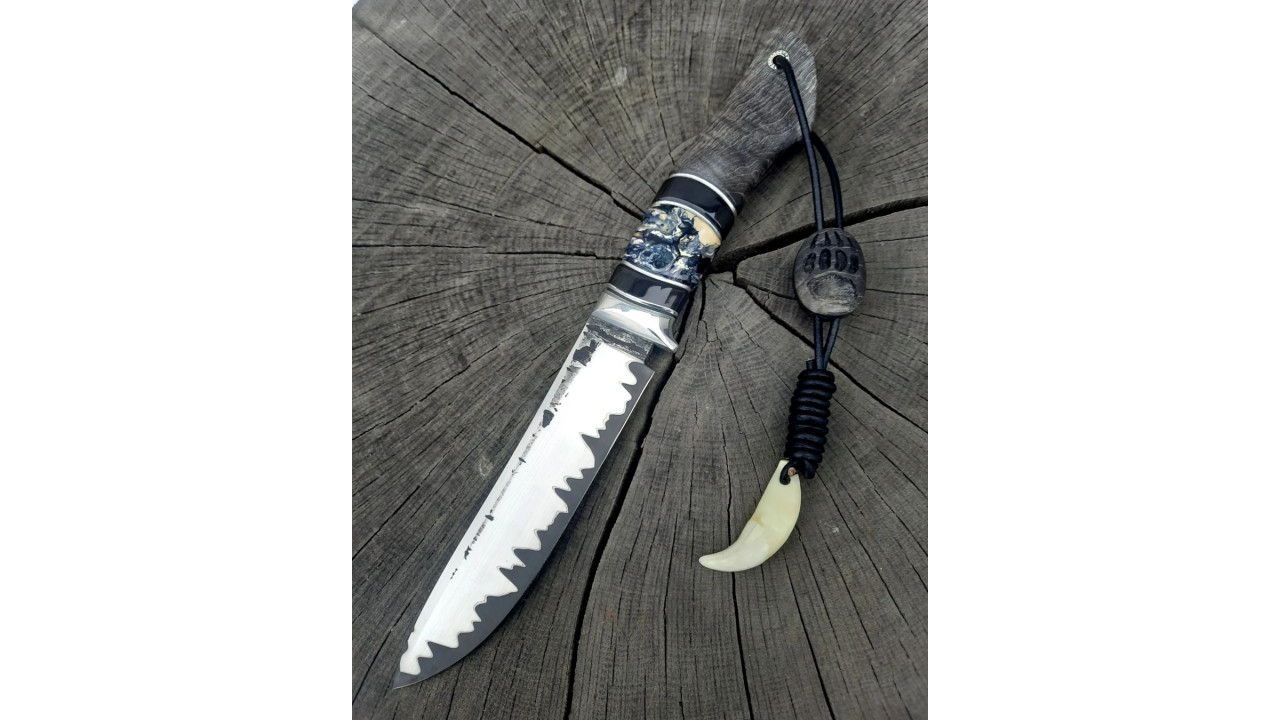
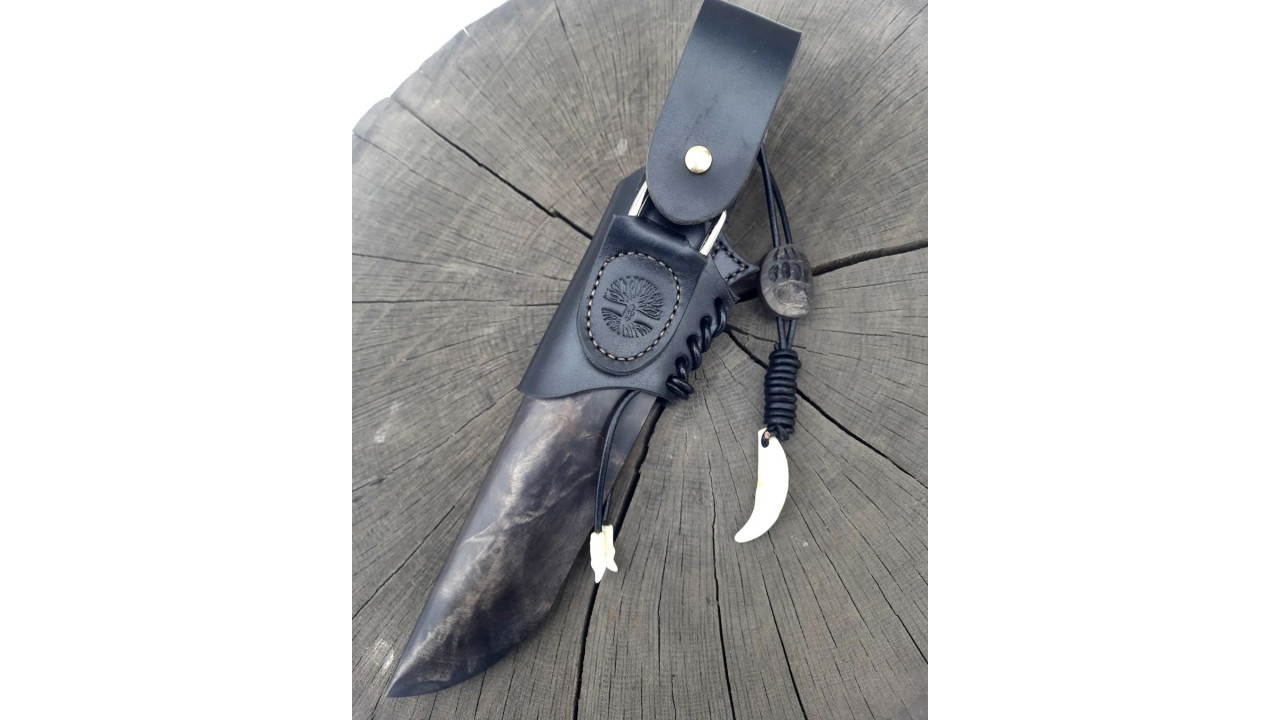
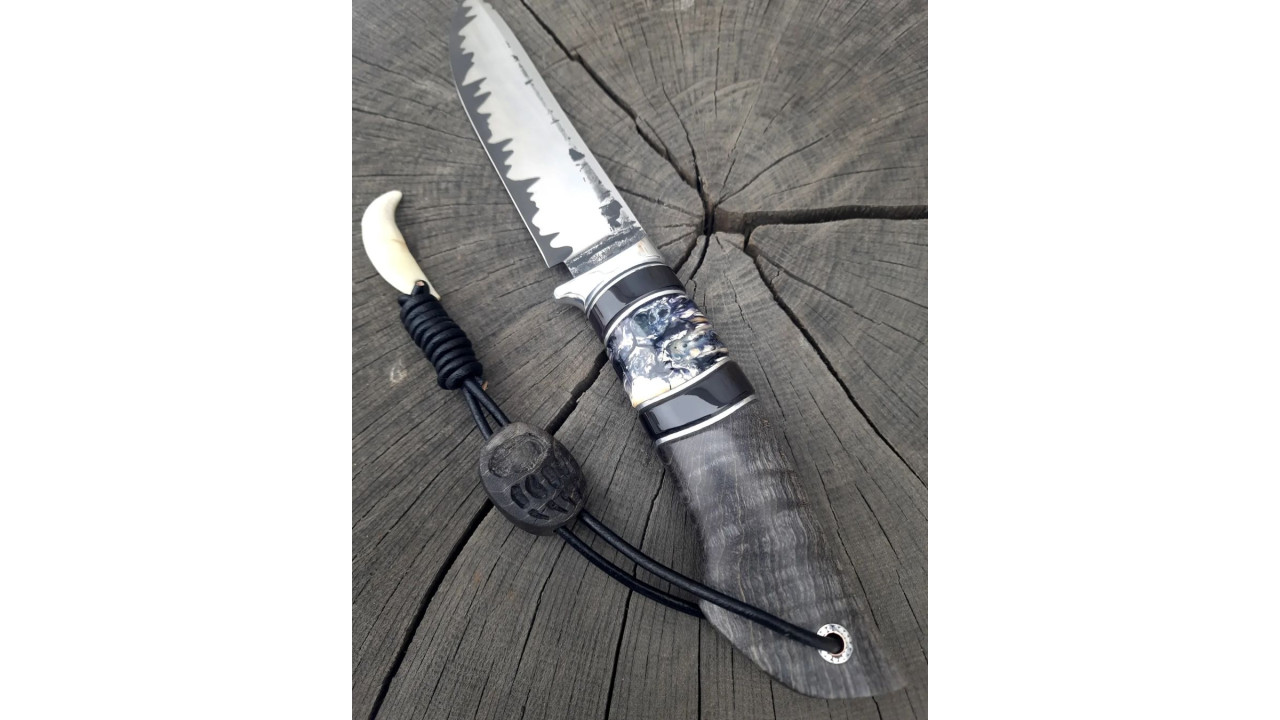
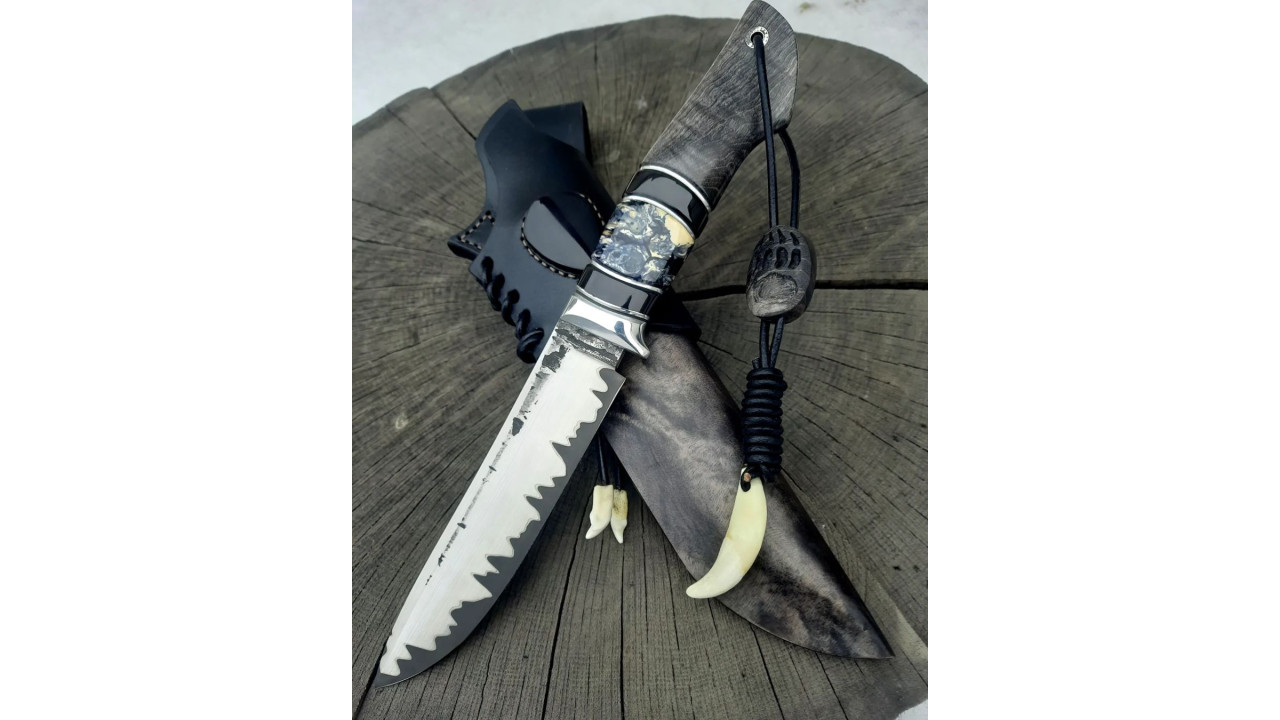
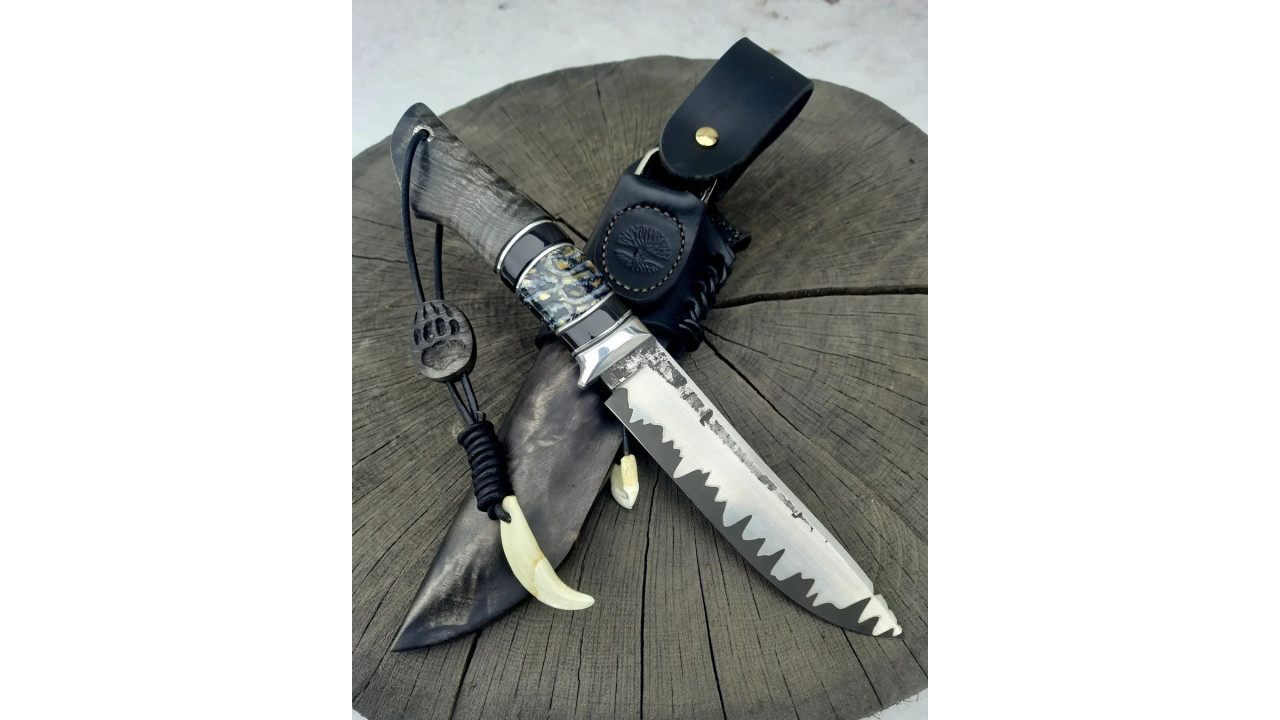
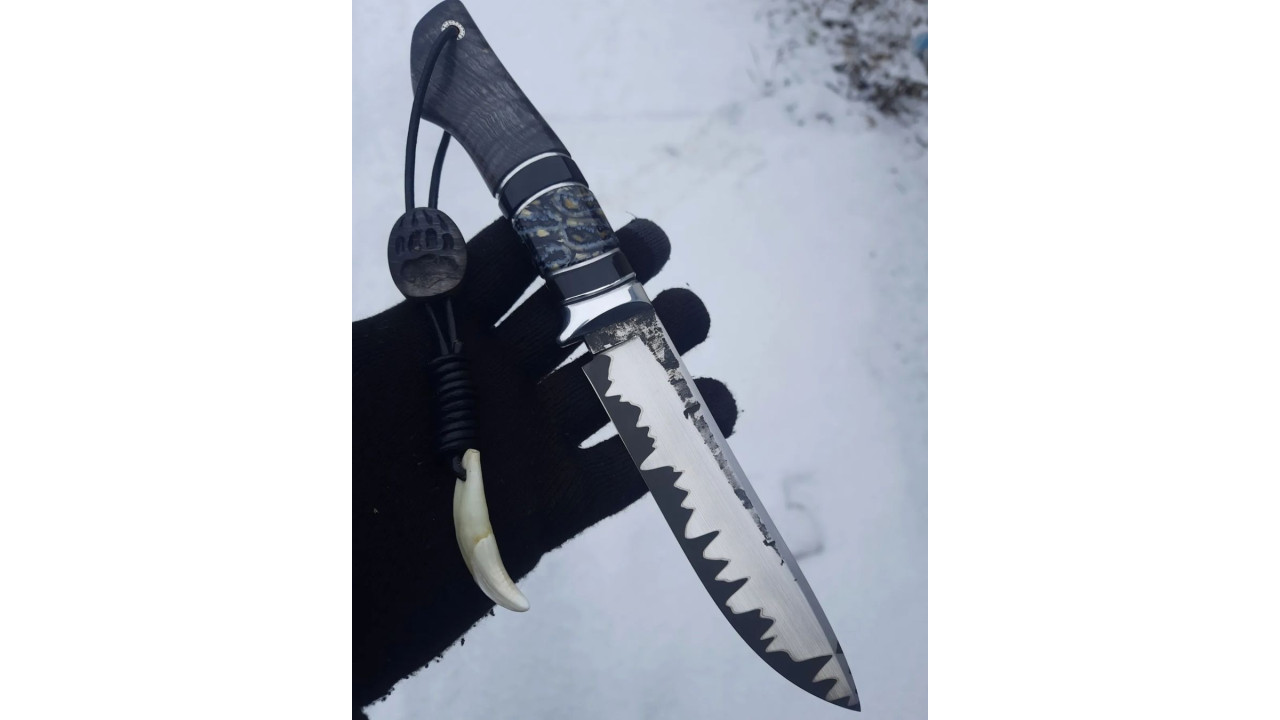
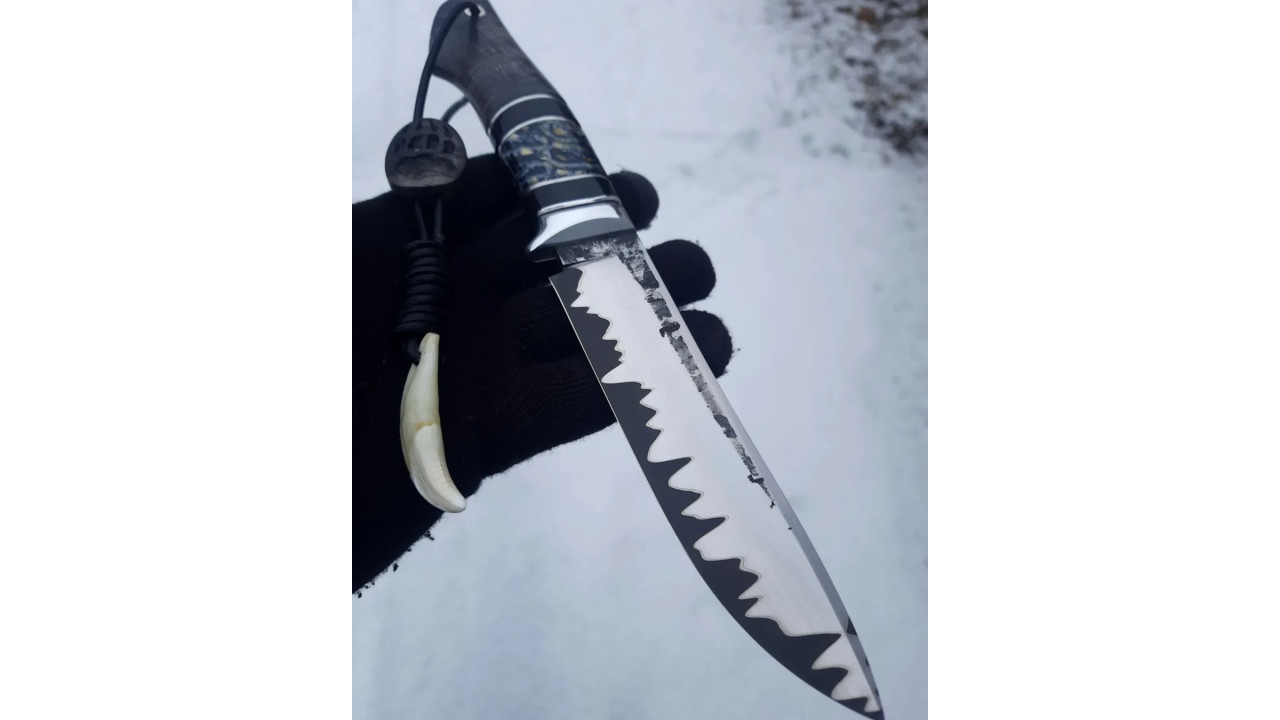
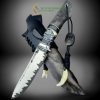
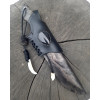
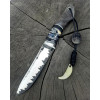
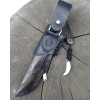
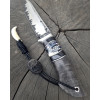
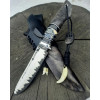
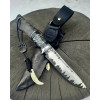
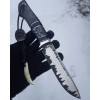
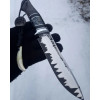

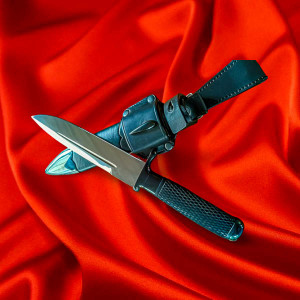
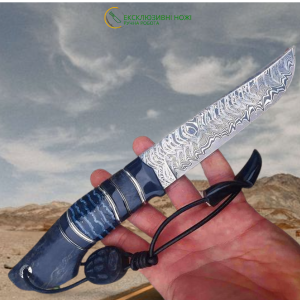
-300x300.png)
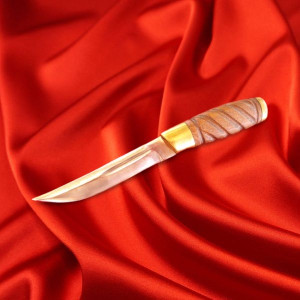
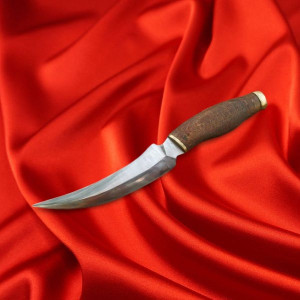
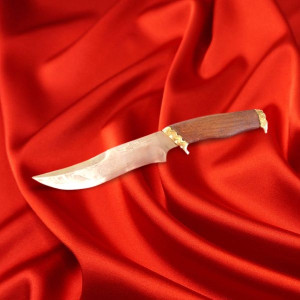
 мисливський ніж/ПЕРО_2 мисливський ніж111-300x300.jpg)
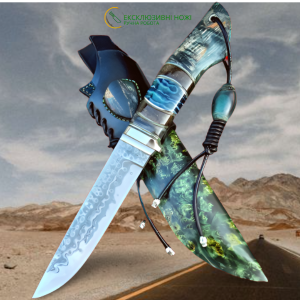
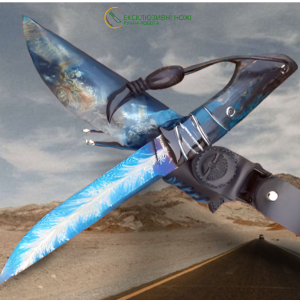
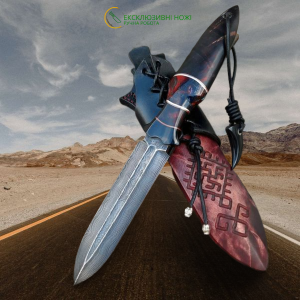
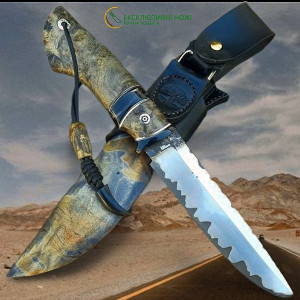
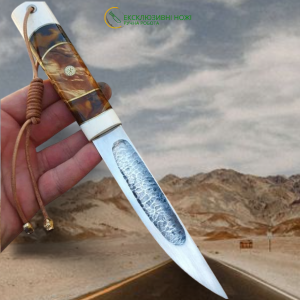
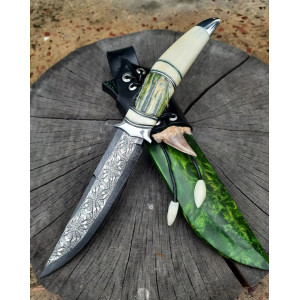
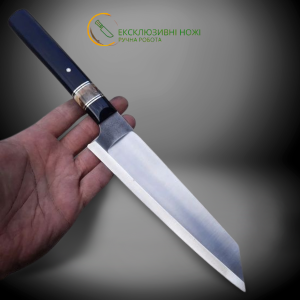

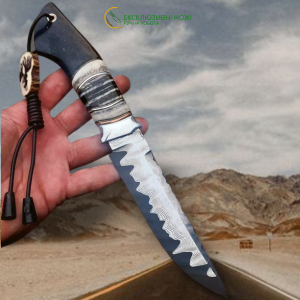
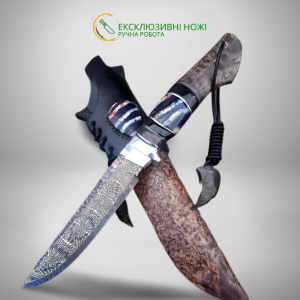
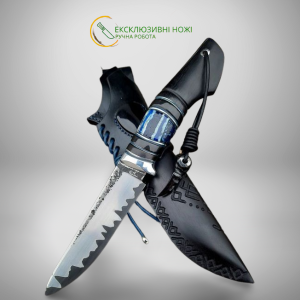
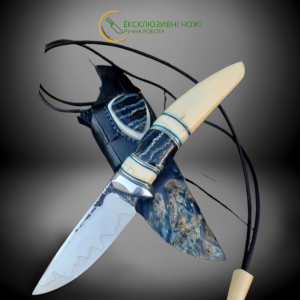
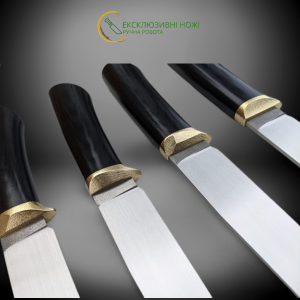
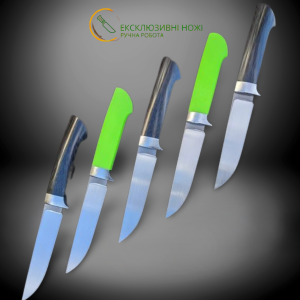
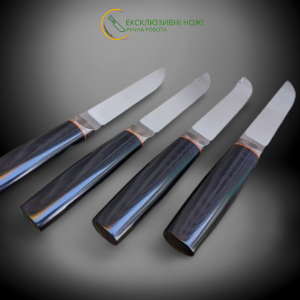
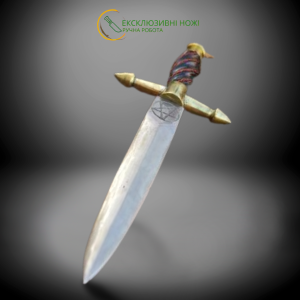
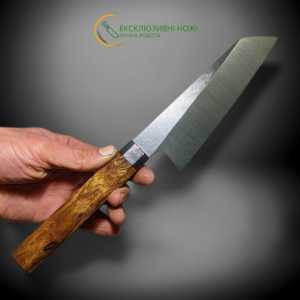

/КЛОНДАЙК (шукач скарбів) н6іж ручної роботи майстра студії ножів Павла Гончаренка-300x300.png)
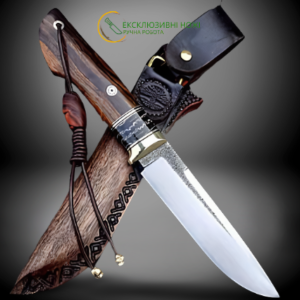
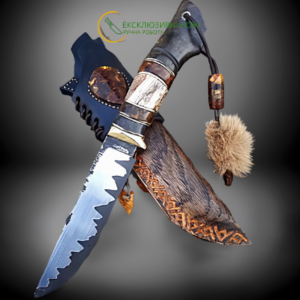
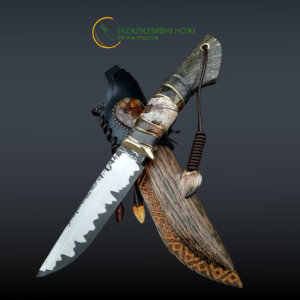
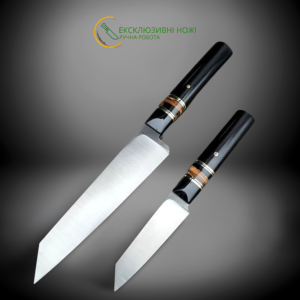
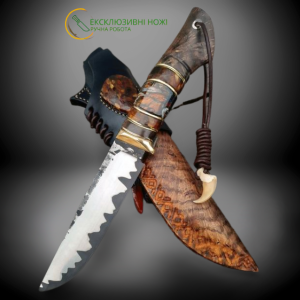
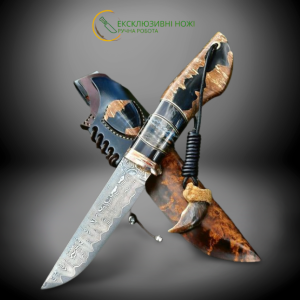
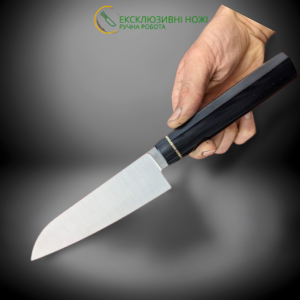
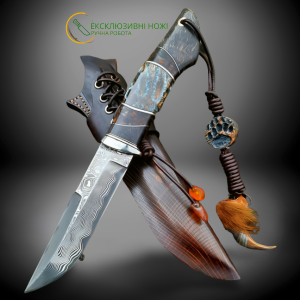






-300x300.png)
 — середнє 2-300x300.jpg)






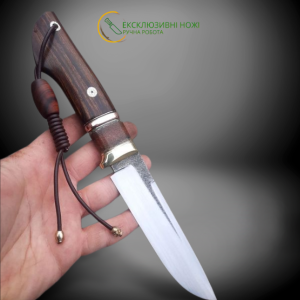






































































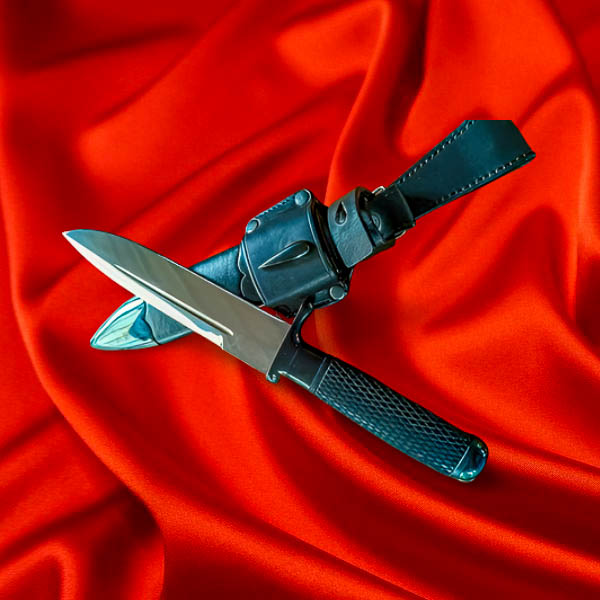


-600x600.png)
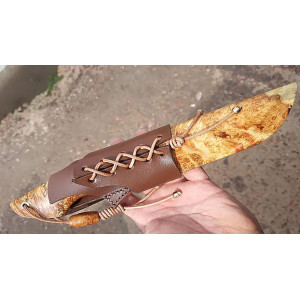
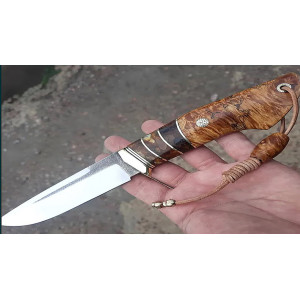






_заст-600x600.png)
9-300x300.jpg)
6-300x300.jpg)


























